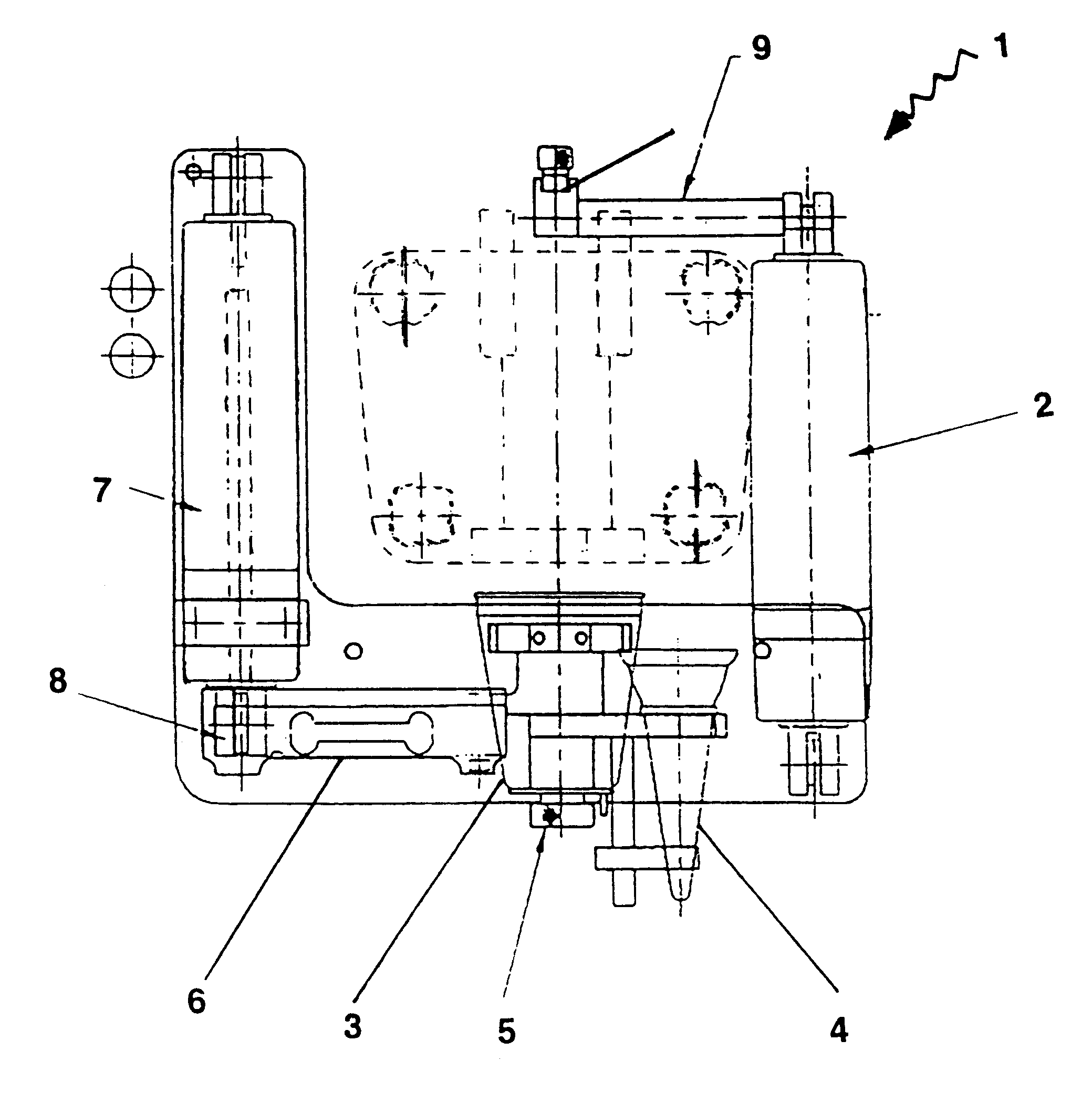Portioning of flowable products
a flowable product and flow rate technology, applied in the direction of weighing apparatus, liquid bottling, packaged goods type, etc., can solve the problems of difficult control of automated delivery of frozen confections, inability to control flowable substances, and general availability, so as to facilitate the delivery of a portion and minimise any inaccuracy
- Summary
- Abstract
- Description
- Claims
- Application Information
AI Technical Summary
Benefits of technology
Problems solved by technology
Method used
Image
Examples
Embodiment Construction
With reference to the drawings by way of example only there is provided a method for controlling delivery of a portion of a flowable substance. The flowable substance (preferably soft serve ice cream and other frozen confections) is delivered via an automated (fully or semi-automated) system, such as an automated soft serve ice cream (or other products) vending machine, particularly for use in fast food outlets and so forth.
Operation of the automated vending machine is controlled via software (see FIGS. 4 and 5 for a block diagram of the operation and a schematic diagram of one program structure relating to the software). The software is also designed to effect the required delivery of the flowable product, to preferably detect possible malfunctions in the operation of the machine or in the delivery of the flowable product, and to alert an operator of the machine to such.
The machine is designed to be self-calibrating in the delivery of the portion of product, correcting itself each ...
PUM
| Property | Measurement | Unit |
|---|---|---|
| Fraction | aaaaa | aaaaa |
| Fraction | aaaaa | aaaaa |
| Fraction | aaaaa | aaaaa |
Abstract
Description
Claims
Application Information
 Login to View More
Login to View More - R&D
- Intellectual Property
- Life Sciences
- Materials
- Tech Scout
- Unparalleled Data Quality
- Higher Quality Content
- 60% Fewer Hallucinations
Browse by: Latest US Patents, China's latest patents, Technical Efficacy Thesaurus, Application Domain, Technology Topic, Popular Technical Reports.
© 2025 PatSnap. All rights reserved.Legal|Privacy policy|Modern Slavery Act Transparency Statement|Sitemap|About US| Contact US: help@patsnap.com



